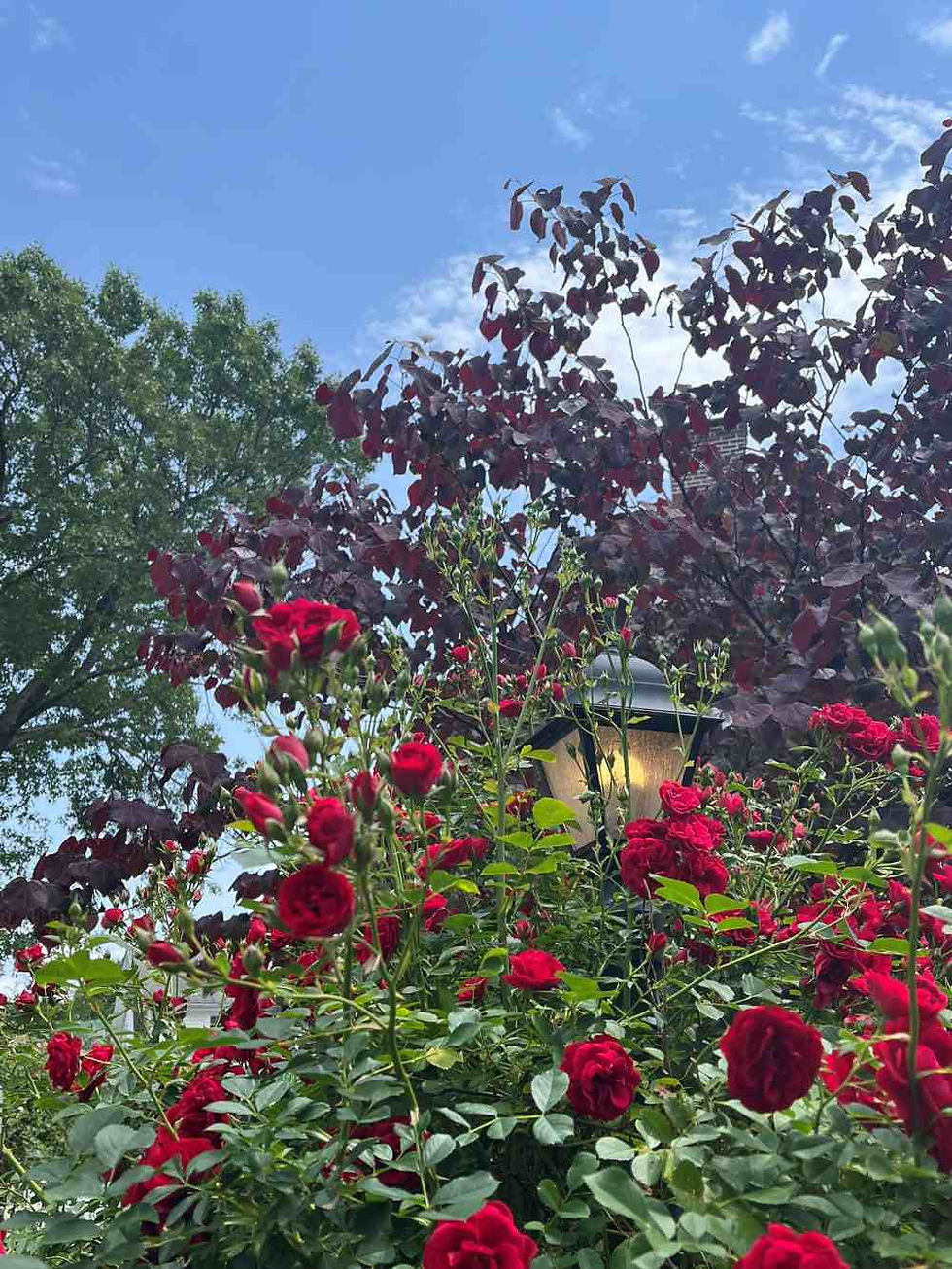A Still Life Study In Different Mediums: Gouache
- LaCalaveraCat
- Jun 5, 2023
- 3 min read

Image source: Merlina McGovern
It has taken me a bit, but I’ve moved on to and completed the gouache portion of my still life study series.
So what exactly is gouache? And how the heck do you pronounce this word? According to Merriam-Webster, this funny-looking word is pronounced “gwash,” just a little bit different then Goofy saying gawrsh. Of course, whenever I see the word, I’ll pronounce it in Goofy’s voice.
Gouache is a water-based paint that is similar to watercolors. However, it is more opaque than watercolors. Various color pigments are mixed with gum arabic to create this versatile medium that dries with a matte finish. So, what are the materials I need when starting a gouache painting project?
First, I have my Himi 24-color jelly gouache set. These paints come in 24 little jelly cups. The case is airtight, so the paints generally stay pretty wet, and I’ve had these for more than a year. Many others will use gouache straight from tubes, which I may try after I’ve finished this set. I do like that with tubes, you can squeeze out just what you need, without worrying about contaminating the colors and washing your brush each time you go for another color. I have read that if your gouache paints do dry out, you can pour water in them to reactivate them. I find that when I’ve done that with my jelly paints, the texture isn’t quite the same. Perhaps I will experiment with adding some gum arabic along with water when they dry out.

Image source: Merlina McGovern
To help them stay moist, I do use a tiny water spray bottle, and I use that to spritz the paints when I first open them and after I close them after a painting session.

Image source: Merlina McGovern
Of course, I also have my sketchbook, my graphite pencil, my paint brushes, and my small water container to wet my brushes and wash off paint. It is always good to keep some paper towels handy to wipe up water spills and to dab where I want to lift up a bit of paint.
The first step I take is to sketch the forms of the limes and lemon. After that, I paint in the background for both the red wall and the red/brownish table that the fruits sit on. With gouache, I’m not as concerned about laying down darker paints first. Because the paints are opaque, I can always go over initial layers of paint with new layers. There are two caveats to this, however. You don’t want to have very dark layers of paint go on first. These colors might still peak through if you paint very light layers of paint over them. Secondly, and more importantly, because this is a water-based medium, if you add too much water to your second layer of paint, you will reactivate the already dried initial layers.
Sometimes this is good, and you can achieve nice, soft blended colors. Sometimes, though, you reactivate all of your layers, and the mixed colors become muddy or you end up moving the pigments around in the water, and you’re left with ugly blank white spots. For this reason, I make sure that I only add small amounts of water to my secondary layers.
And that really leads me to the key with working with gouache. The key is finding the right consistency of the paint to work with. If you water the pigment way down, you’ll get something that is very transparent and similar to watercolors. However, we’re working with gouache for its beautiful opacity, so you want to add just enough water so that it flows smoothly around the page -- not too much to reactivate the layers below it. And, you don’t want to put the layers on too thick, or the paints will crack as they dry.
I really enjoy gouache for their ease of use and vibrant and saturated colors. I do miss the easy clean up of watercolors, since gouache does take a bit more elbow grease to clean up my brushes and palette, but overall, it’s one of my favorite mediums to work with.
Have you painted with gouache? Let me know in the comments below.




Comments